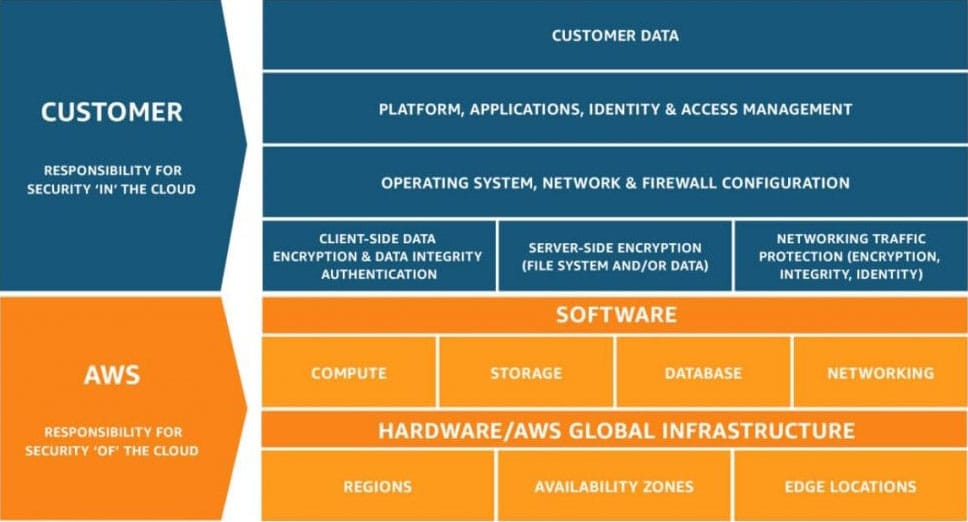Table of Contents
Table of Contents
Do you think it’s insecure for public sector to migrate on cloud?
Here we are to break the five common myths.
Public Sector can not Ignore the Advantage and Rapid Growth of Cloud Computing
Cloud computing services have developed vigorously in the past decade. Among various industries, hundreds of successful business stories were created by leveraging the advantages of the high availability and high scalability of cloud platform services. Undoubtedly, public sectors also wish to migrate services and the data they regularly receives to the cloud. So far, more than 2,000 public sector units around the world have chosen AWS as the cloud platform and used its advantages for data analysis and academic research, providing better services to the people and further achieve digital transformation. On the contrary, most of the public sector units are still hesitant to relocate to the cloud. Among them, the biggest consideration is security. In this article, Nextlink will list out the mysteries that public sectors may have when relocating to cloud and how to solve these problems on AWS.
Five Common Myths and Answers for Public Sectors Moving to Cloud
- After using cloud, does it mean that I have less and less control over the data?
AWS’s control of data actually provides more accurate and detailed status descriptions. You can see the status of the Instance in simple steps, including: Who started the instance? In which region was it established in? How long has it been executed? What applications and data are executed on it? The cloud platform actually gives you more control.
- Permission control is not easy, will everyone be able to access my cloud and data?
You can decide who has the permission to access data in your cloud environment, and even AWS technicians will be restricted in solving your technical problems because AWS does not have access to customer data.
- Will the cloud service provider move my data randomly?
In the AWS platform, your data will not be arbitrarily moved to other regions. When you designate to place it in a certain region, it will only be placed in that region.
- Is it too risky to move all the data to the cloud at once?
If you move your data in stages, you will not be able to fully enjoy the benefits of the cloud. Before moving, develop your relocation plan to minimize the risks during the relocation process.
- I don’t have enough internal resources to train everyone. What should I do?
AWS provides free online training resources or you may search for a AWS partner to carry out trainings and professional consultation for staffs in the public sector.
AWS Shared Responsibility Model

(https://aws.amazon.com/tw/compliance/shared-responsibility-model/)
Information security in AWS is maintained jointly by users and AWS. Depending on the services used, the integration into IT environment, applicable laws and regulations, and the responsibilities required will vary. This shared responsibility nature also provides deployment flexibility and access control. As shown in the figure above, this division of responsibilities is often referred to the security “of” the cloud and the security “in” the cloud. AWS is responsible for the security of the entire cloud infrastructure, including: software, hardware, and network connections. Customers are responsible for internal security of the cloud, including: customer data encryption, applications, IAM permission control, etc.
Third party security certification
Naturally, in terms of compliance, AWS has been certified by many third-party authorities, including ISO 27001 for information security management system, ISO 27018 for the protection of personally identifiable information in public clouds, C5 in Germany, GDPR, etc. The public sector’s focus of responsibility is divided into data controllers and processors. The two need to work closely together, and shall work jointly with the security, compliance, and access management tools on AWS, as well as the collaboration with the partner system to promote the public sector’s stepping up to more demanding regulations.





